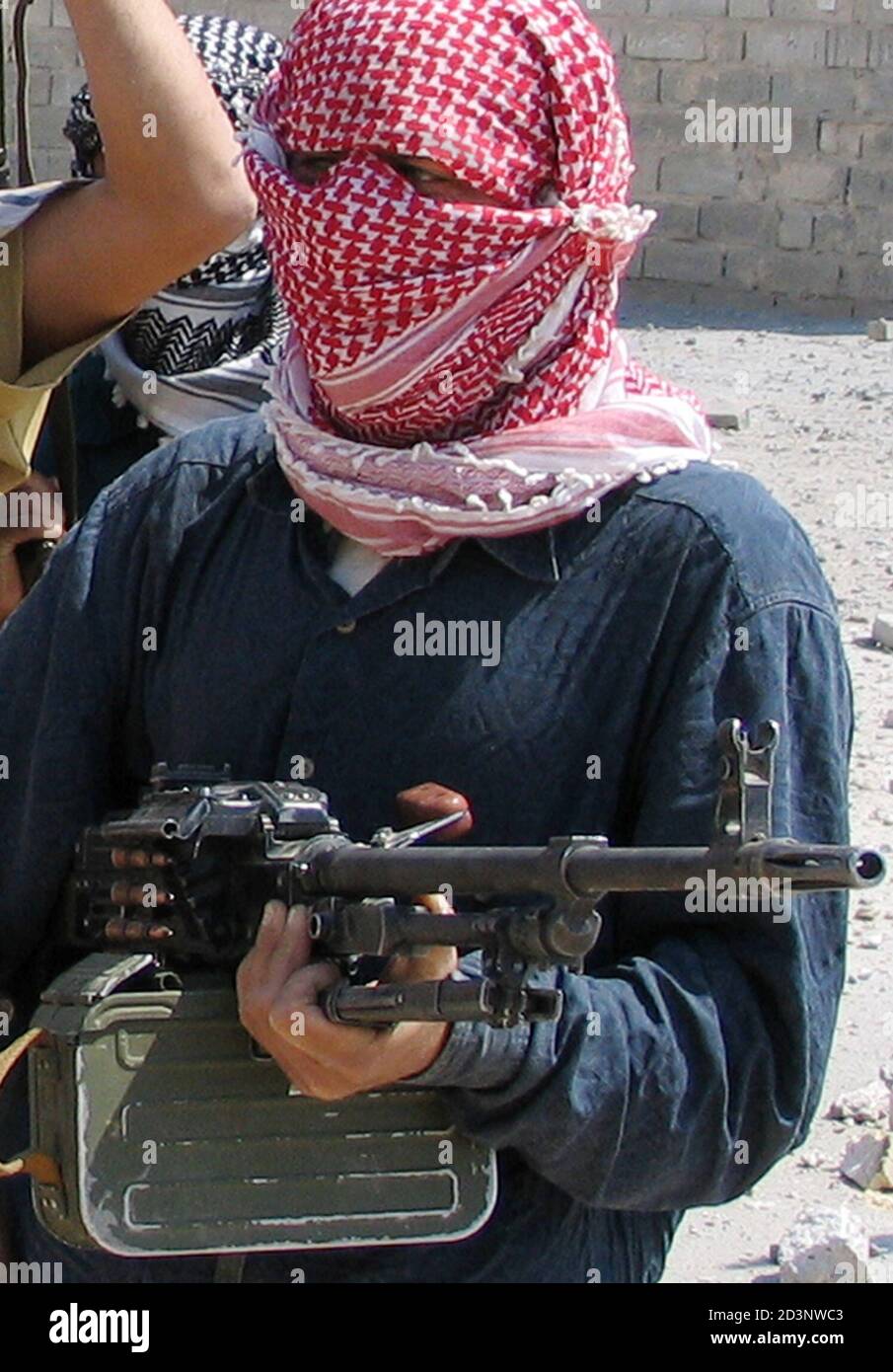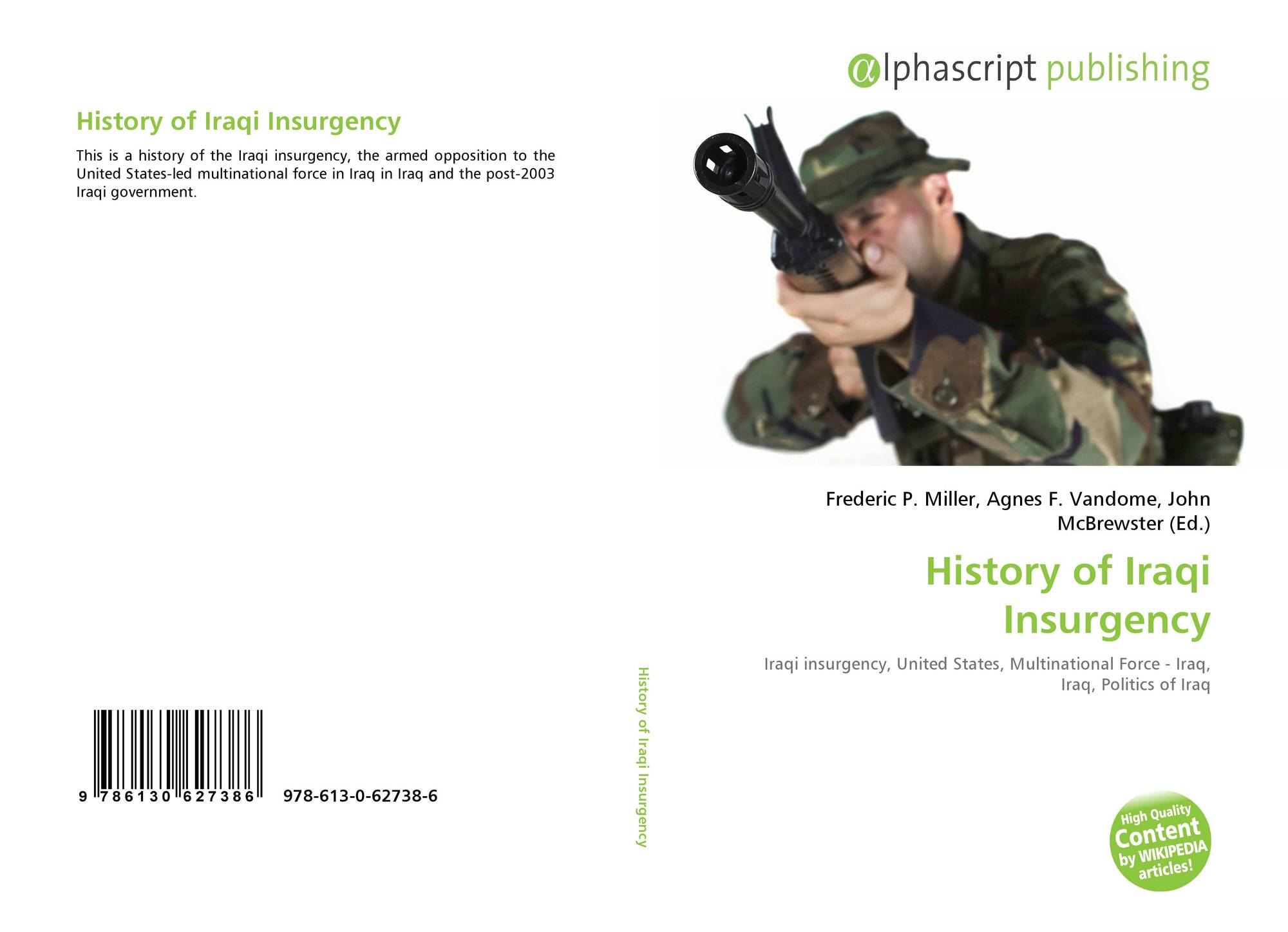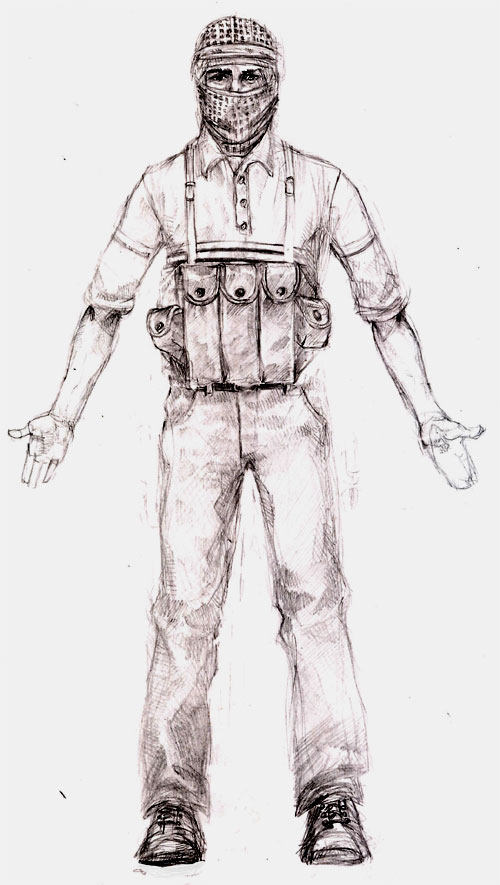

The Shia militias, known as the Hashd al Shaabi, some with loyalties to Iran, now control Mahmudiya, as the Mahdi Army once did. They want power and they will kill whoever stands against them.” “We were stupid back then, but now we’ve learned our lesson. ISIS, Kaven adds, was a different kind of beast. But then they started fighting us, so we helped the Americans fight them.” “They said they were here to fight the Americans, so we helped them. Kaven turns to Kadhim with a wry smile: “When they first came they said they were fighting in the name of God, and we believed them,” he says in his defence. He nods to an old man in a black and white kaffiyeh. Eventually, everyone is a terrorist to someone.”Īt the graduation ceremony of his sixth graders, Kadhim points out that those same people who once pointed fingers at each other and called each other terrorists are now sitting together drinking tea again.

Then that person calls the other person a terrorist. “One person calls another person a terrorist. Shia in the town turned to the Mahdi Army for protection, while Sunnis turned to al-Qaeda.

invasion in 2003, he says, tore apart the social fabric. The 42-year-old principal at Ali al Wardi School recalls how, during the Saddam era, Sunni and Shia in Mahmudiya lived together in peace. Still, the wounds from those years of hatred have yet to fully heal. The rat-a-tat-tat of hammers hitting nails as the towns rebuild has replaced the gunfire that once terrified its residents. In late April, both villages are again buzzing with activity, though now it’s not militancy that rules the streets but the routine bustle of everyday life. Mahmudiya was first controlled by the Shia Mahdi Army, led by the anti-American cleric Muqtada al-Sadr, but eventually it also fell to al-Qaeda.ĭuring my first visit here in 2004, I was captured by members of the Honourable Resistance, held for hours, questioned, threatened with death and, luckily, eventually released. But in time, Latifiya would become a hotbed of al-Qaeda support, and during the expansion of ISIS across Iraq and Syria it would again shelter its fighters.

They called themselves the Honourable Resistance, Saddam loyalists who lost their power and influence after the collapse of the regime following the U.S. In 2004, the insurgents here were not yet part of the growing al-Qaeda in Iraq network. It was part of the ostentatiously named Triangle of Death that included the towns of Mahmudiya to the north and Yusufiya to the west. The predominantly Sunni town 40 km south of Baghdad was a key launching ground for the insurgency that began in 2004 and descended into a civil war. Latifiya has never fully accepted the end of Saddam Hussein’s rule.


 0 kommentar(er)
0 kommentar(er)
